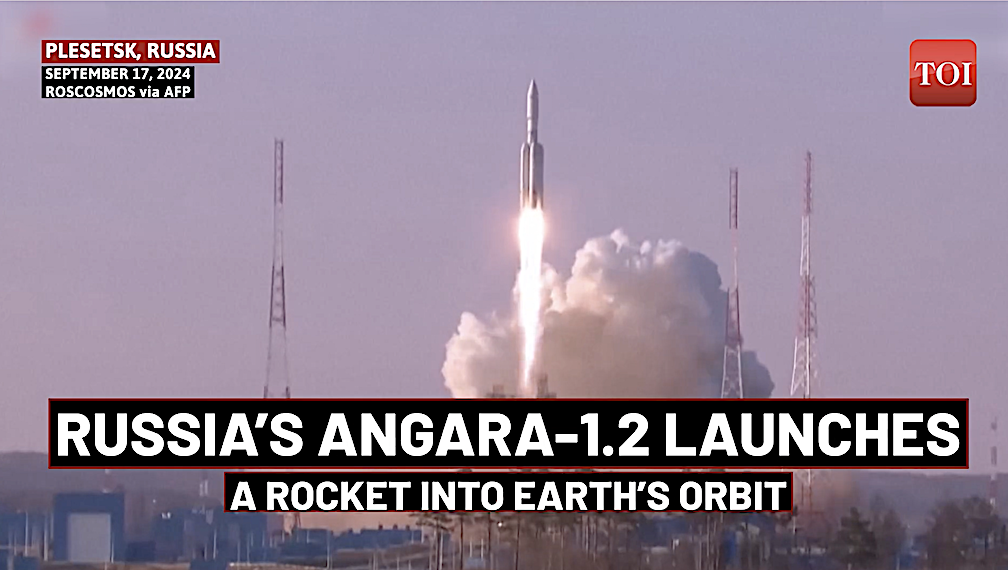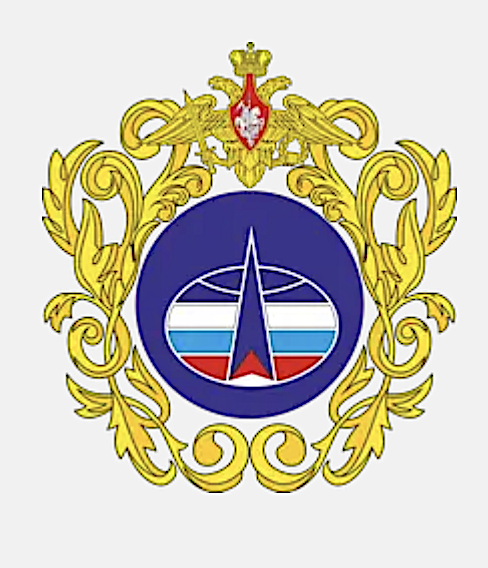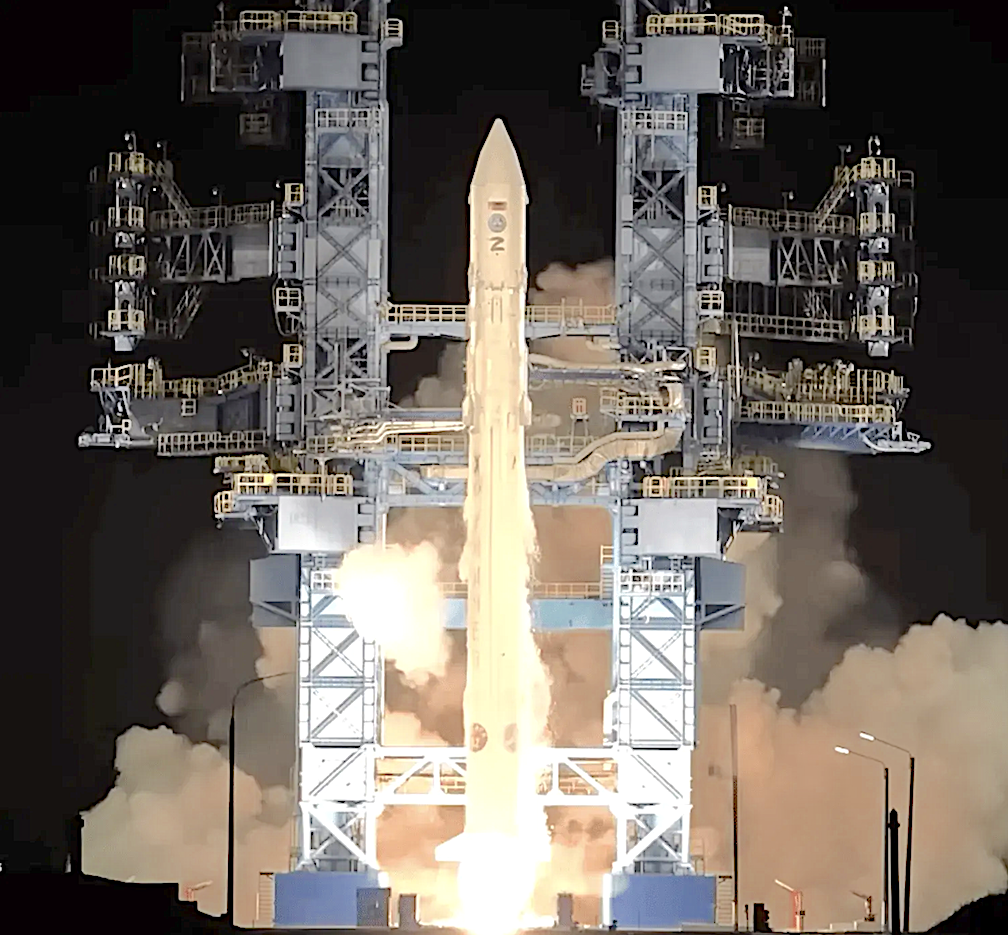
Despite questionable weather on September 17, a Russian Angara 1.2 was launched with a top secret payload into a Sun-synchronous orbit.

This was the first flight of the vehicle this year and its third orbital mission to date since becoming active in April 2022. This two-stage launcher is 42.7 m high with a 2.9m wide fairing and burns a Russian grade of kerosene known as RG-1 with liquid oxygen.
The launch took place from Site 35/1 at the Plesetsk Cosmodrome in Russia on Tuesday, September 17 at 07:00 UTC. On board were two highly classified satellites for the Russian military.
The Russian Space Forces are a branch of the Russian Aerospace Forces, that provides aerospace warning, air sovereignty, and protection for Russia. Having been reestablished following August 1, 2015 merger between the Russian Air Force and the Russian Aerospace Defence Forces after a 2011 dissolving of the branch. The Russian Space Forces were originally formed on August 10, 1992 and the creation of the Russian Armed Forces.
Russian military satellite(s) payload identity highly uncertain top secret launch on Tuesday

On Tuesday, September 17th Russia’s Angara 1.2 rocket is launching a Russian military satellite(s) of unknown identity from Plesetsk Cosmodrome, Russian Federation at a cost of $31,000,000, weather permitting.
The forecast calls for a temperature of 61°F, overcast clouds, 100% cloud cover and a wind speed of 3mph.
The Angara 1.2 is the base launcher for the Angara launch family that uses a modular approach to create multiple launch vehicle configurations for various mission requirements. The Angara 1.2 consists of a standard Universal Rocket Module for the core stage and either a modified Block I Upper Stage or a Briz-KM upper stage.
Plesetsk Cosmodrome, Russian Federation, has witnessed the launch of 6 rockets, including 6 orbital launch attemptsfor 1668 rocket launches.
